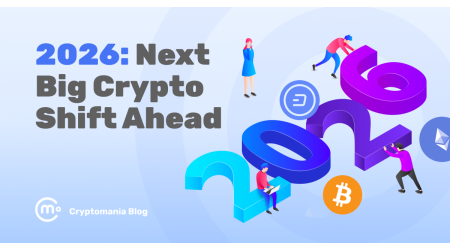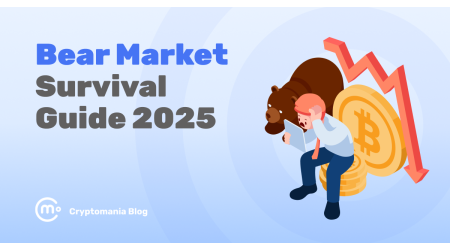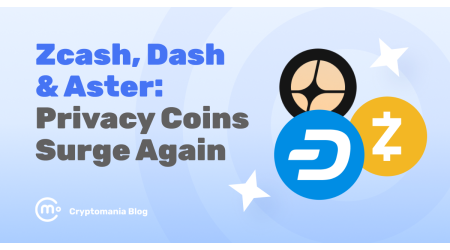Are NFTs Still a Thing in 2025? What Happened to NFT Prices, Art, and Investing
Vuk Martinovic
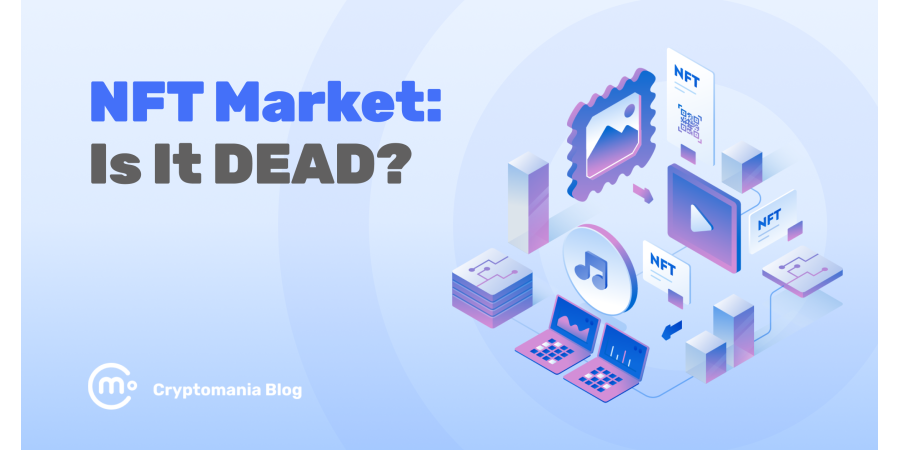
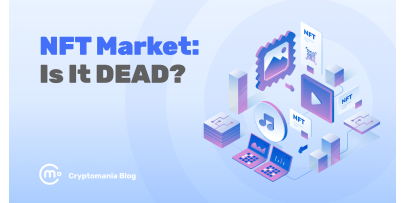
In 2021, NFTs exploded into mainstream culture. People were buying digital art, game items, and even virtual land for millions of dollars. Brands like Nike, Adidas, and Coca-Cola launched their own NFTs, and everyone wanted to be part of the next big trend in crypto.
But the hype didn’t last forever. Prices crashed, trading volumes fell, and headlines started asking: is NFT dead? Are NFTs still a thing?
In this article, I’ll explore what really happened to NFTs: how they rose, fell, and evolved.
You’ll learn how NFT prices have changed over the years, where to buy and sell them today, and how to invest or even create your own. Finally, I’ll look at where NFTs might go next, and whether they still matter in 2025 and going into 2026.
Let’s get started!
Boom to bust: what happened to NFTs?
The rise of NFTs was lightning fast. In 2021 and early 2022, digital collectibles, art, game items, and virtual real estate traded at crazy valuations. Big names like Bored Ape Yacht Club (BAYC), CryptoPunks, and others were having multimillion-dollar sales.
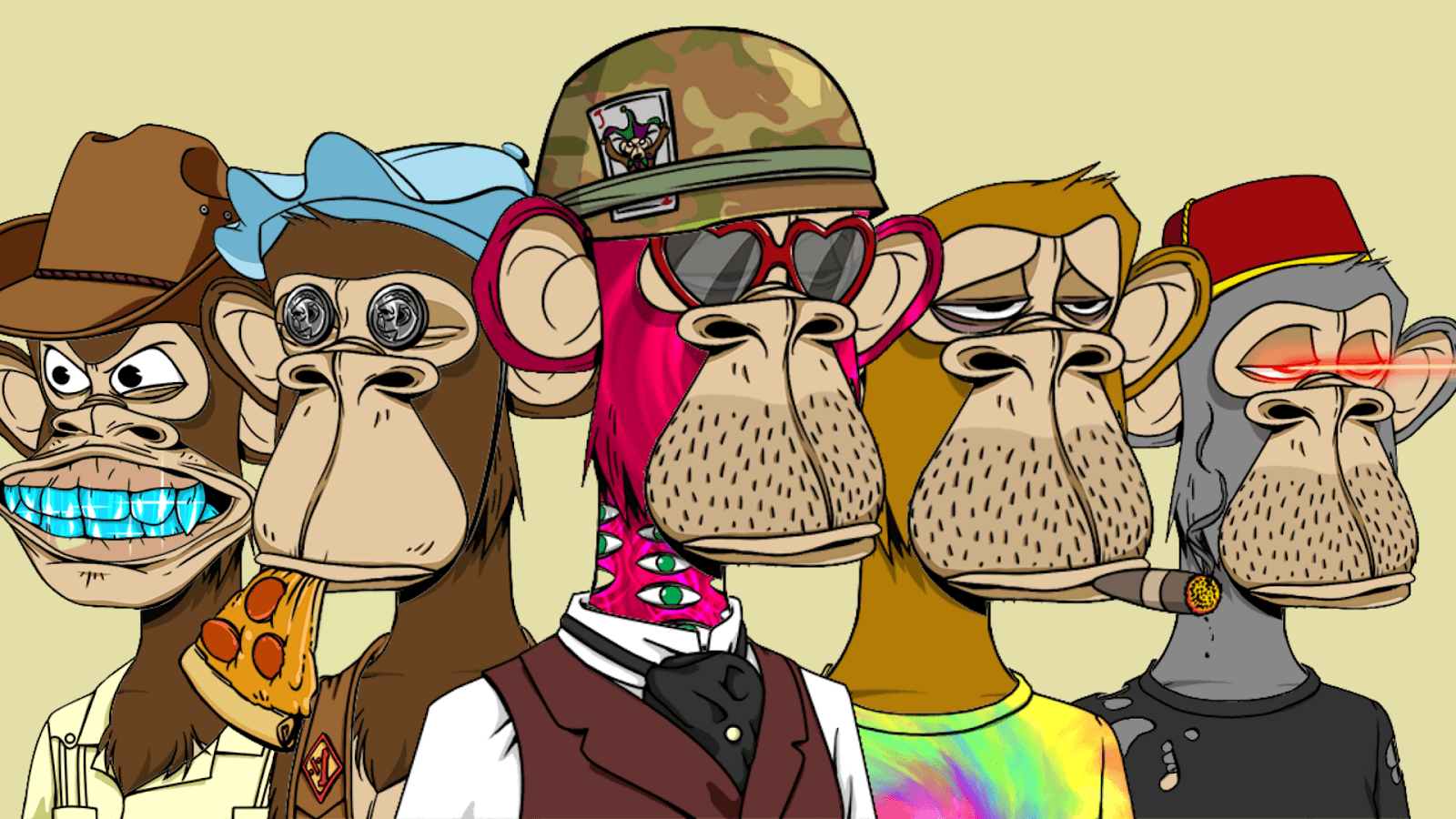
But that excitement didn’t (and couldn’t) last forever. The NFT market began to cool off. In 2023 and 2024, volumes dropped. Many projects lost momentum. Some collections became inactive.
Here are the main turning points:
- In 2024, NFT trading volume fell an additional 19% and it was the worst year for volume since 2020.
- The global NFT market revenue, which had peaked earlier, is now stabilizing at lower levels around $600-700 million per year.
- In the first half of 2025, NFT sales totaled $2.82 billion, slightly down from $2.96 billion in late-2024.
- In 2024, 98% of new NFT collections, and 96% of all NFT collections saw almost no trading activity. They became “dead” shortly after launch.
- Only 0.2% of 2024 NFT drops generated profits for their investors.
Even among NFT collections that remained “active,” just ~11.9% were profitable.
These shifts happened because the market got flooded. Too many collections, too little demand. Speculators moved on. Many projects couldn’t sustain their communities or liquidity.
So when people ask, what happened to NFT?, part of the answer is hype burnout. But another part is maturation: the market is becoming more selective, with only the stronger projects surviving.
Are NFTs still a thing?
Many articles are claiming that NFTs are over. But the reality is more nuanced.
Yes, speculative trading has cooled. But NFTs as a digital ownership tool are still alive, just in different forms.
Here’s how the picture looks now:
- In 2025, active users in the NFT space are about 11.6 million globally.
- Daily active NFT wallets average around 410,000 in 2025, up about 9% year-over-year.
- Institutional investors now contribute around 15% of NFT market revenue. This points to more serious participation.
- Secondary market (resales) now makes up ~52% of all NFT transactions.
- Ethereum still dominates. In many reports, Ethereum handles ~62% of NFT transactions.
- NFT marketplaces continue to evolve. OpenSea remains a major player, expanding cross-chain support.
- Some months in 2025 saw resurgence: for example, in July 2025, NFT sales spiked to ~$574 million.
So, NFTs are not dead. But much of the superficial hype is gone. NFTs are now functioning more as infrastructure: for gaming, digital identity, real-world tokenization, and community membership.
Think of it this way: in 2021, NFTs were fireworks. Bright, loud, but short-lived. Now, they’re more like the wiring inside a smart building. Less flashy, but essential.
To sum up:
- The “bubble” part is mostly over.
- Many projects died or faded.
- But the technology and use-cases remain alive.
NFT market stats & profitability trends
Let’s zoom in on the numbers. These stats help see what kinds of outcomes people have had, good and bad.
Market size & volume
- In 2025, the NFT market is projected to reach $60.82 billion (on a growth curve) per one forecast.
- Other data shows stabilization, revenues around $600–700 million annually in recent years.
- In the first half of 2025, NFT sales volume was $2.82 billion worldwide.
Price drops & investor losses
- Many 2024 launches lost more than 50% of their price within days.
- A high fraction of holders faced losses. In one report, 44.5% of NFT holders in 2024 were in the red.
- Some once-valueful projects had shocking crashes. For example, the Australian Open’s NFT “Artball” collection (minted earlier) saw values fall by up to 90%.
What about “winner” projects?
Despite the widespread failure, a few collections still defied the trend:
- Some profile projects like Azuki showed gains (e.g. ~2.3x increase) in certain periods.
- Top-tier NFT brands (BAYC, CryptoPunks) still have cultural and collector value. But their trading activity is far lower than in the peak years.
- CryptoPunks, for example, was recently transferred to a non-profit foundation to preserve its legacy.

How to invest or buy NFTs in 2025
If you’re new to NFTs, the good news is that you don’t need to be a developer or crypto expert to get started. Buying or investing in NFTs works much like buying cryptocurrency or online collectibles, with a few key steps.
1. Set up a crypto wallet
To buy or invest in NFTs, you need a crypto wallet that supports them. Popular options include MetaMask, Coinbase Wallet, and Phantom (for Solana NFTs). A wallet stores your cryptocurrency and connects to NFT marketplaces.
2. Add funds
Most NFTs are bought using Ethereum (ETH), though some blockchains use SOL, BNB, or Polygon (MATIC). You can buy crypto on exchanges like Binance, Coinbase, or Kraken, then transfer it to your wallet.
3. Choose a marketplace
OpenSea, Magic Eden, and Blur are the biggest NFT marketplaces today. Each supports different blockchains and types of NFTs, from art and collectibles to in-game assets.
4. Research before buying
Before investing, check the project’s team, community size, and trading activity. Avoid collections that look abandoned or have no real use case. Most NFT investors lose money because they buy during hype instead of researching.
5. Place your bid or buy instantly
Once you find an NFT you like, you can buy it at a fixed price or bid in an auction. Always check network fees (often called gas fees) before confirming your purchase.
NFT investing today is much less about flipping for profit and more about long-term value: collectibles, access passes, or gaming utility.
How to create and sell NFTs
You don’t need to be a coder to make or sell NFTs. Most platforms let you do it with a few clicks.
1. Prepare your digital file
NFTs can represent almost anything:
- Image
- Song
- Short video
- 3D object
- Digital collectible
Choose the file you want to turn into an NFT.
2. Pick a platform to mint
Go to an NFT marketplace like OpenSea, Rarible, or Foundation. Connect your crypto wallet, click Create, upload your file, and fill in details like title and description.
3. Set blockchain and royalties
Select which blockchain you want to mint on (Ethereum, Polygon, Solana, etc.). You can also set royalties (a percentage you’ll earn every time your NFT is resold).
4. Mint and list for sale
After minting, your NFT is added to the blockchain. You can then list it for sale, either at a fixed price or through an auction.
5. Promote your work
Visibility matters. Share your NFT on social media or NFT communities to attract buyers.
Minting costs depend on the blockchain: Ethereum can have higher gas fees, while Polygon or Solana are cheaper options.
Where to buy and sell NFTs
NFT marketplaces are the main platforms where users buy, sell, or create NFTs. Each one has its own audience, supported blockchains, and fee structure.
Here are the most popular ones in 2025:
- OpenSea – Still the world’s largest NFT marketplace. Supports Ethereum, Polygon, Solana, and other chains. Known for its wide variety of NFTs, from digital art to collectibles and domain names.
- Magic Eden – Originally built for Solana, it now supports Ethereum and Bitcoin Ordinals. It’s popular among gamers and collectors who want cheaper minting and faster transactions.
- Blur – A marketplace made for active traders. It offers fast bulk listings and analytics tools.
- Rarible – Easy for beginners. Lets creators mint NFTs directly and list across multiple blockchains.
- Binance NFT – Integrated into Binance Exchange, it’s a good option for users who already trade crypto and want to buy NFTs in the same place.
Each platform takes a small fee (usually 1–2.5%) when an NFT sells. Some, like Rarible, also give creators governance tokens or reward points.
Future outlook: where NFTs go from here
So, what’s next for NFTs? While the hype of 2021 is long gone, the technology itself is quietly evolving and finding new purpose.
From collectibles to real utility
NFTs are moving away from being simple digital pictures and toward real-world use cases. They now serve as digital proof of ownership, event tickets, or access passes.
For instance, some concerts and conferences use NFTs as entry passes that can’t be counterfeited. Musicians release NFT albums that include fan rewards, behind-the-scenes content, or meet-and-greet access.
NFTs in gaming
The most promising growth is in gaming. NFTs now represent weapons, land, or avatars that players can trade and use across multiple games.
This gives players real digital ownership, a concept long missing in traditional gaming. Platforms like Immutable, Polygon, and Ronin are building ecosystems for these Web3 games, attracting studios that want to blend gameplay with blockchain economies.
But, in my estimation, it’ll take time before this becomes a regular thing.
Real-world assets and tokenization
NFTs are also being used to represent real assets, such as:
- Real estate
- Luxury goods
- Collectibles like watches and cars
This process, known as tokenization, allows people to buy and sell verified ownership of physical items on the blockchain. For example, companies are experimenting with tokenized property titles and fractional ownership models.
Brand adoption and Web3 identity
Major global brands haven’t completely walked away. Nike, Adidas, Starbucks, and Coca-Cola are still developing NFT-based engagement programs.
Starbucks Odyssey rewards members with digital “journey stamps,” while Nike’s SWOOSH platform lets users collect and trade virtual shoes tied to real-world benefits.
These NFTs function more as digital identity tools than speculative assets.
Market outlook
Industry forecasts suggest steady, sustainable growth ahead. Analysts expect the NFT market to surpass $200 billion by 2030, with gaming, real-world tokenization, and fashion driving most of that expansion.
The wild speculation of 2021 is over, but NFTs are laying the groundwork for a new era of digital ownership. And that era will be one more about function, less about hype.
The bottom line: NFTs aren’t gone, they’ve grown up
The market is no longer flooded with hype or easy profits, but the technology behind NFTs continues to advance. Most speculative collections have vanished, it’s true.
And yet NFTs remain a vital part of Web3’s foundation. They power digital ownership, gaming economies, and brand engagement.
You might see them as collectibles, membership tools, or digital proof of ownership. Regardless, NFTs are slowly finding their place in the real world. The excitement may have cooled, but the fundamental technology (and its use-cases) aren’t going anywhere.
FAQ
Are NFTs still a thing?
Yes, NFTs are still around, but their role has changed. The 2021 hype is gone, but NFTs still have a use-case in gaming (especially play-to-earn games), collectibles, identity tools, and brand loyalty programs. In 2025, over 11 million people still hold or trade NFTs.
Is NFT dead?
No. Most speculative projects failed, but NFTs as a technology are alive and evolving. They’ve shifted from being quick-profit assets to serving practical uses such as:
- Event tickets
- In-game items
- Digital memberships
What happened to NFT prices?
Prices fell sharply after 2021. The average NFT lost over half its value in 2024, and only a tiny fraction of projects stayed profitable. Still, certain blue-chip collections like Bored Ape Yacht Club and CryptoPunks retain collector value.
How do I buy or sell NFTs?
You can buy and sell NFTs on marketplaces such as OpenSea, Magic Eden, Blur, and Rarible. All you need is a crypto wallet (like MetaMask) and some cryptocurrency, usually Ethereum or Solana.
How can I make my own NFT?
Use a platform like OpenSea or Rarible. Upload your digital file, add a title and description, choose your blockchain (Ethereum, Polygon, Solana, etc.), and click “Create.” You can also set royalties to earn from future resales.
What’s next for NFTs?
NFTs are moving toward utility and integration. I’d expect to see them more in ticketing, gaming, identity verification, and real-world asset ownership as the technology matures.


